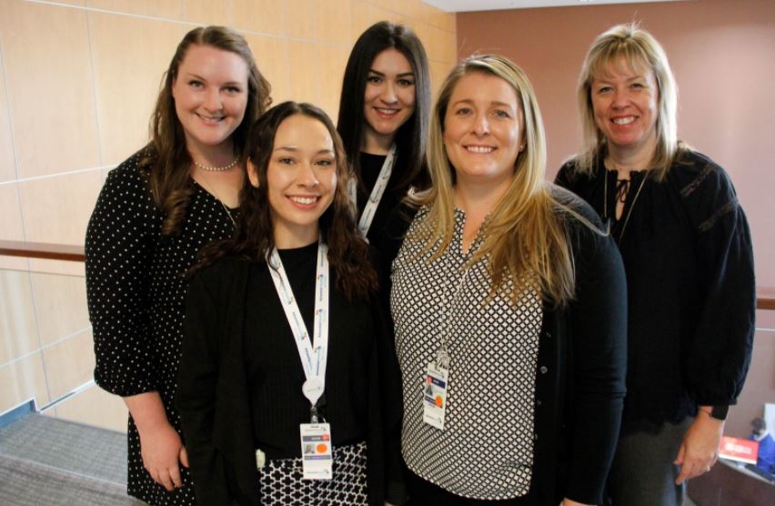
‘Help me’: Social workers bridge gap between hospital and community to care for the vulnerable
The emergency department patient in the corner room was Breanna Villalobos’ last consult for the day.
A victim of a violent crime suffering from bi-polar disorder, he scooted up in his bed and began rocking back and forth when Breanna walked through the door.
He complained about a seemingly endless panic attack he’s been suffering from for more than four months; how his friends had all but abandoned him; how his medication wasn’t working anymore to level him out; how he just wanted to get better.
Paranoia wracked his mind, but he didn’t know how to silence the voices in his head.
“Help me,” he pleaded through tears. “I just want to get better. Nobody wants to get better more than me. Please help me.”
In hospitals, it’s up to social workers like Breanna to provide that hope – a task that’s complexity navigating a web of bureaucratic agencies and insurance companies demands special expertise and compassion.
At Adventist Health Simi Valley, a full-time five-person team of social workers care for patients who need that help each day, bridging the care those individuals receive in the hospital with the services that are available to them in the community. They connect people to resources for everything from housing shelters and food banks to community centers for social interaction and recuperative care.
“We act as guides to make sure they get what they need,” Breanna said.
The demands of the job weigh heavy on those social workers. Among other conditions, they see individuals suspected of being abused, those who are having suicidal ideations, anyone in a psychiatric crisis, all unaccompanied minors, those with depression, all NICU admissions, trauma victims, individuals facing end-of-life care and all those who are unhoused.
The most challenging cases, social workers say, is when a single patient comes in with mental health issues, substance use disorder and are also unhoused.
“We call it the trifecta,” Social Worker Courtney Reinhart said. “As social workers, which one of those come first for us to treat? We have to get creative in meeting the patient where they’re at and what they’re willing to do to get better.”
For hospital-based social workers, whose intervention period only last the length of a hospital stay, making inroads with patients to connect them with services becomes a challenge.
“It’s extremely difficult, and that’s the nature of hospital-based social work,” said Social Worker Katie Erickson. “It’s a brief intervention, whereas in therapy, you can follow somebody for months.”
Some of the most difficult cases are individuals who come back to the hospital again and again for social crises because the emergency department is their only safety net.
Successes are measured in small wins.
It’s the patient who was bordering on alcoholism who was counseled by a social worker on harm reduction and now only drinks on the weekends. It’s the woman who was desperate to escape an environment of abuse who social workers were able to place in a women’s shelter, which put her on a path toward sober living.
It’s the realization that the same patients who used to show up at the hospital’s emergency department just a few years ago because of social crises haven’t been around in awhile.
“We don’t see them anymore because we’ve helped them get permanent housing or sober and transitional living placements,” Breanna said. “We’re starting to see a new wave of people, and it takes time and resources to connect them to the right people. We just have to stay persistent.”



